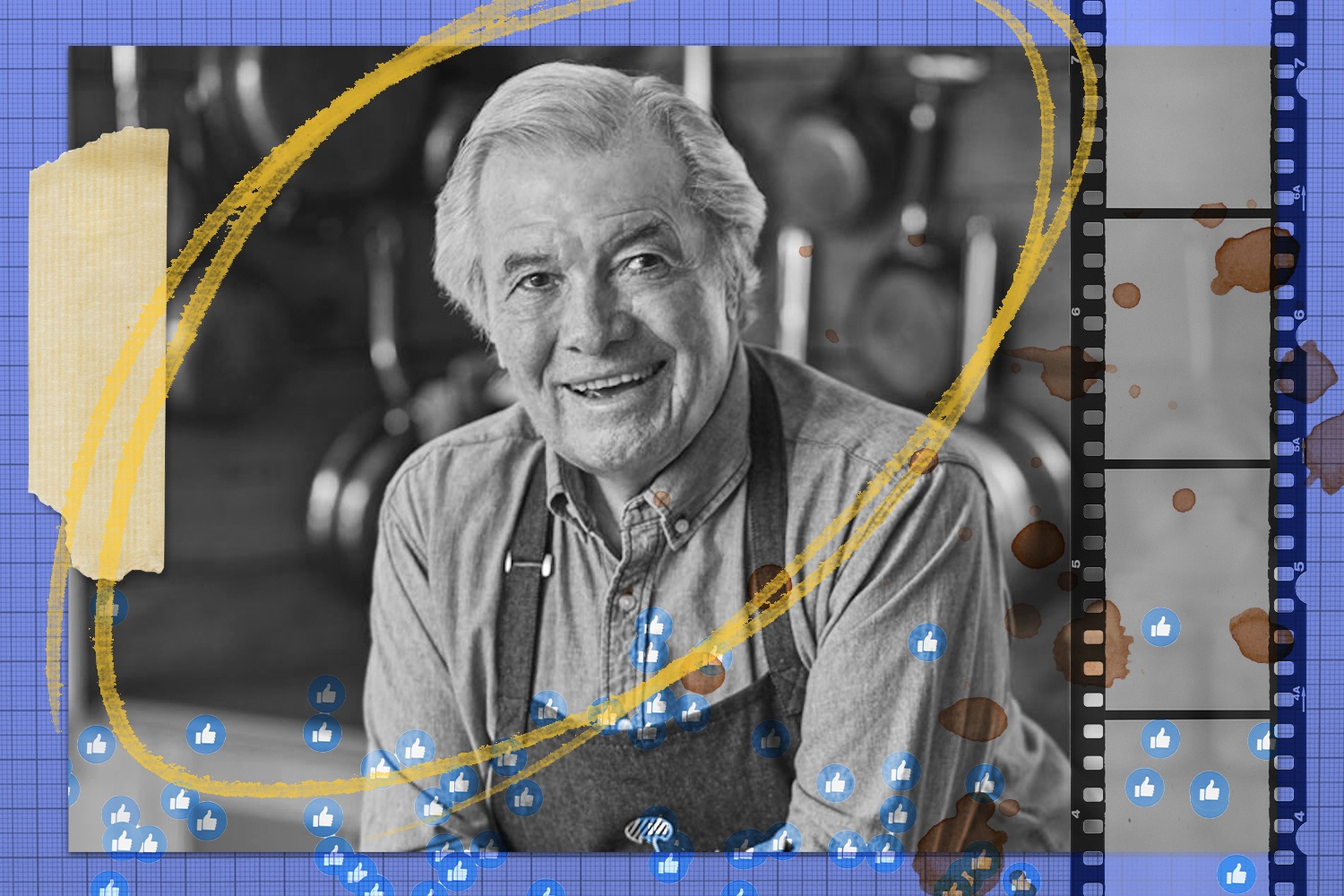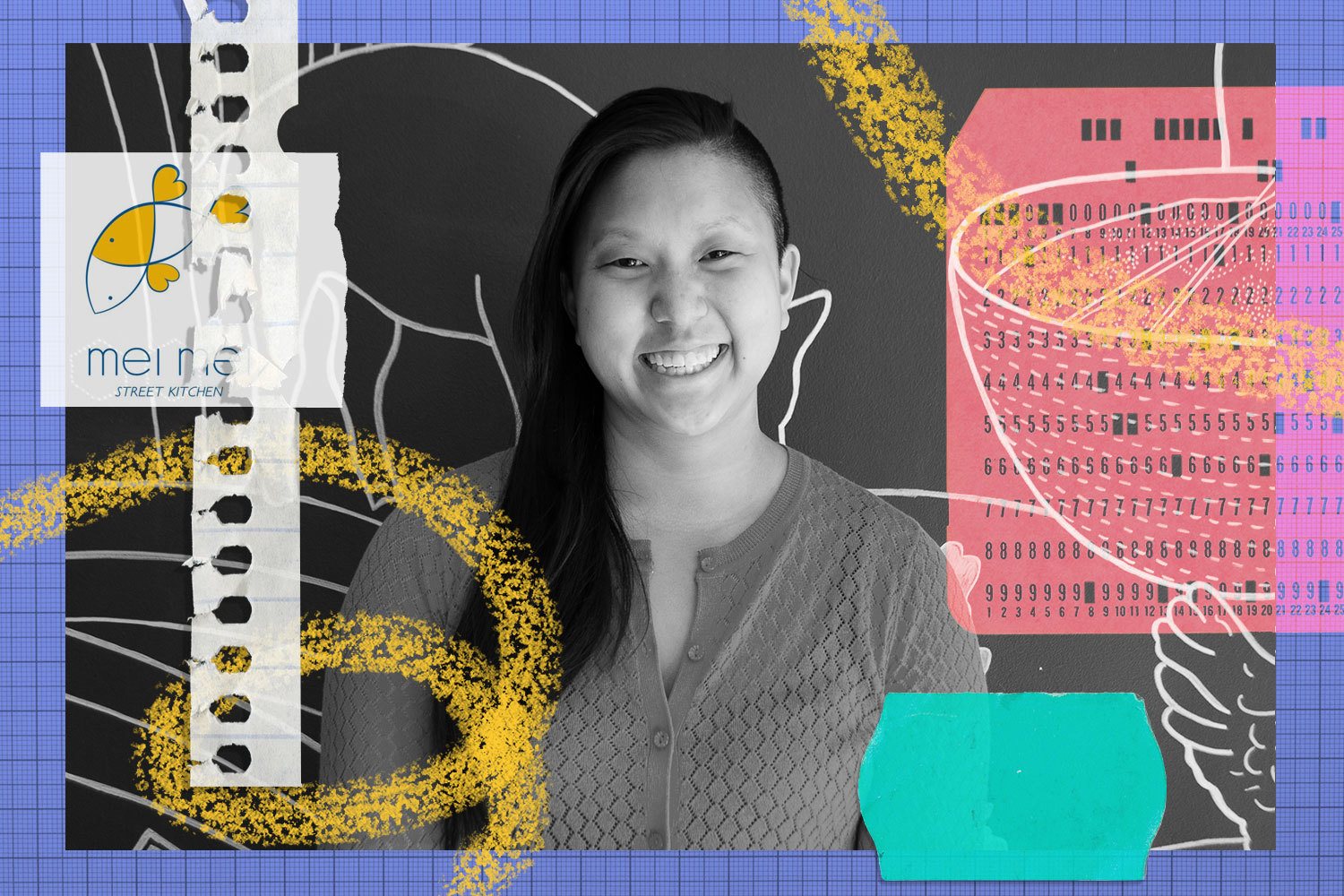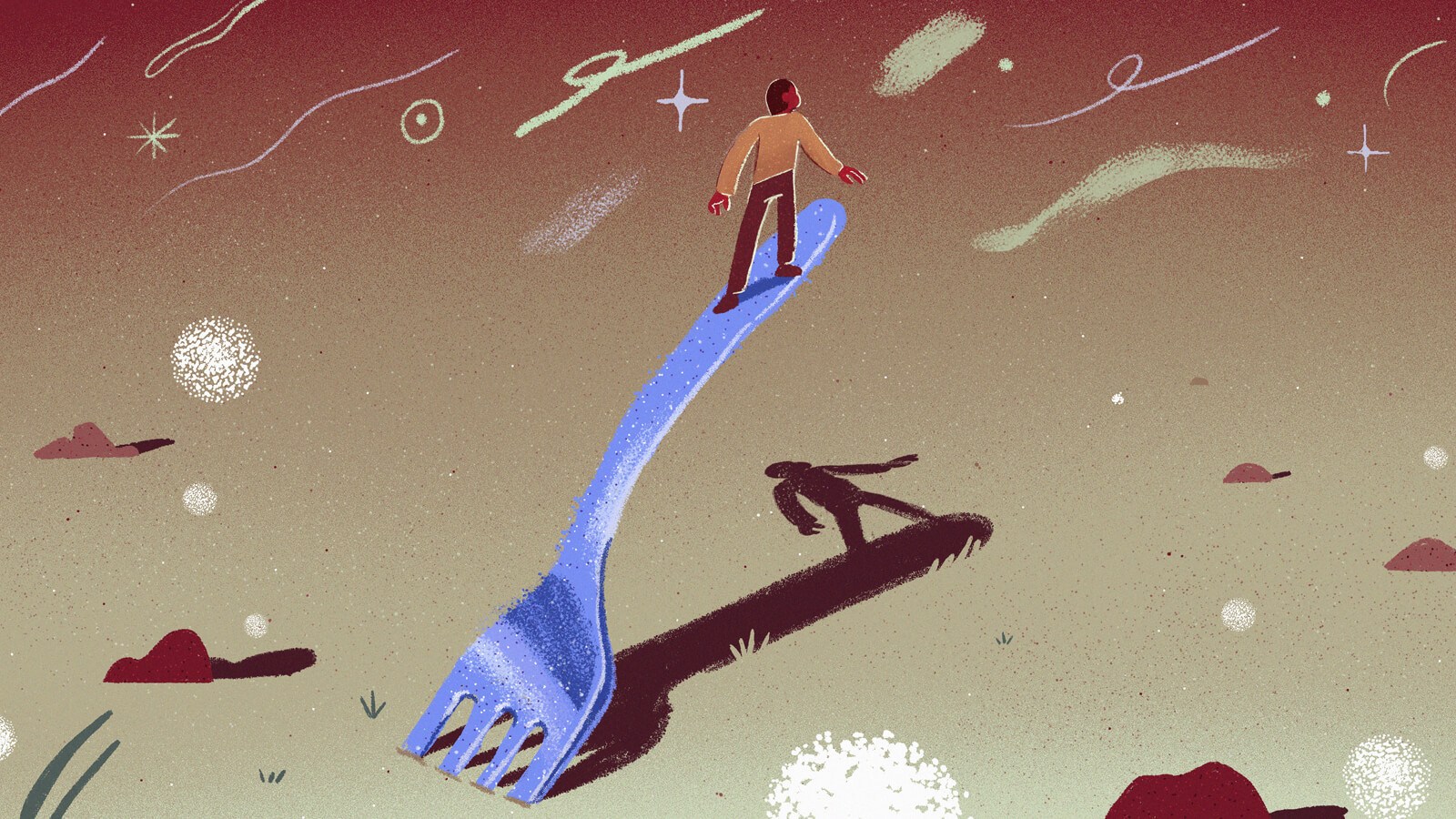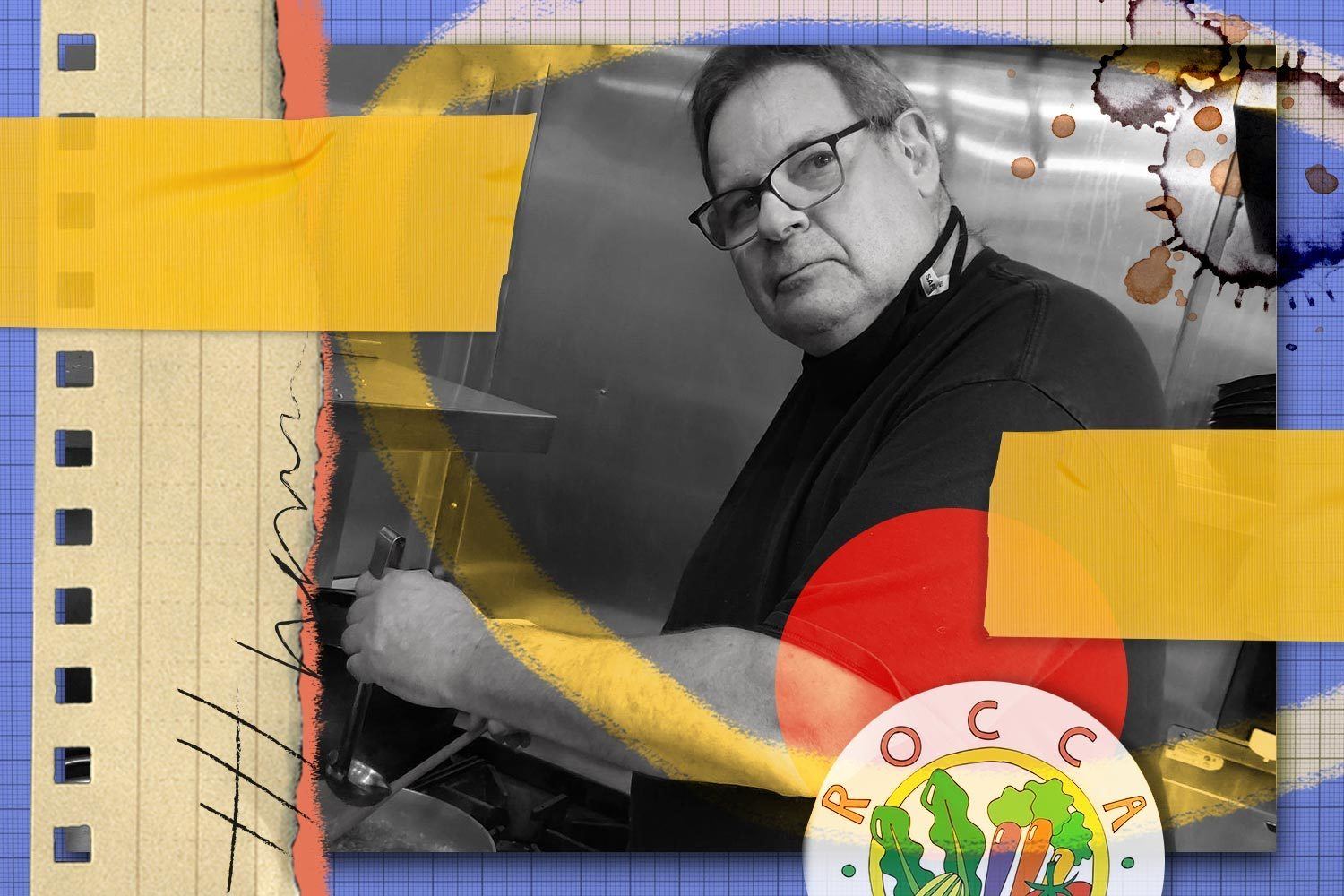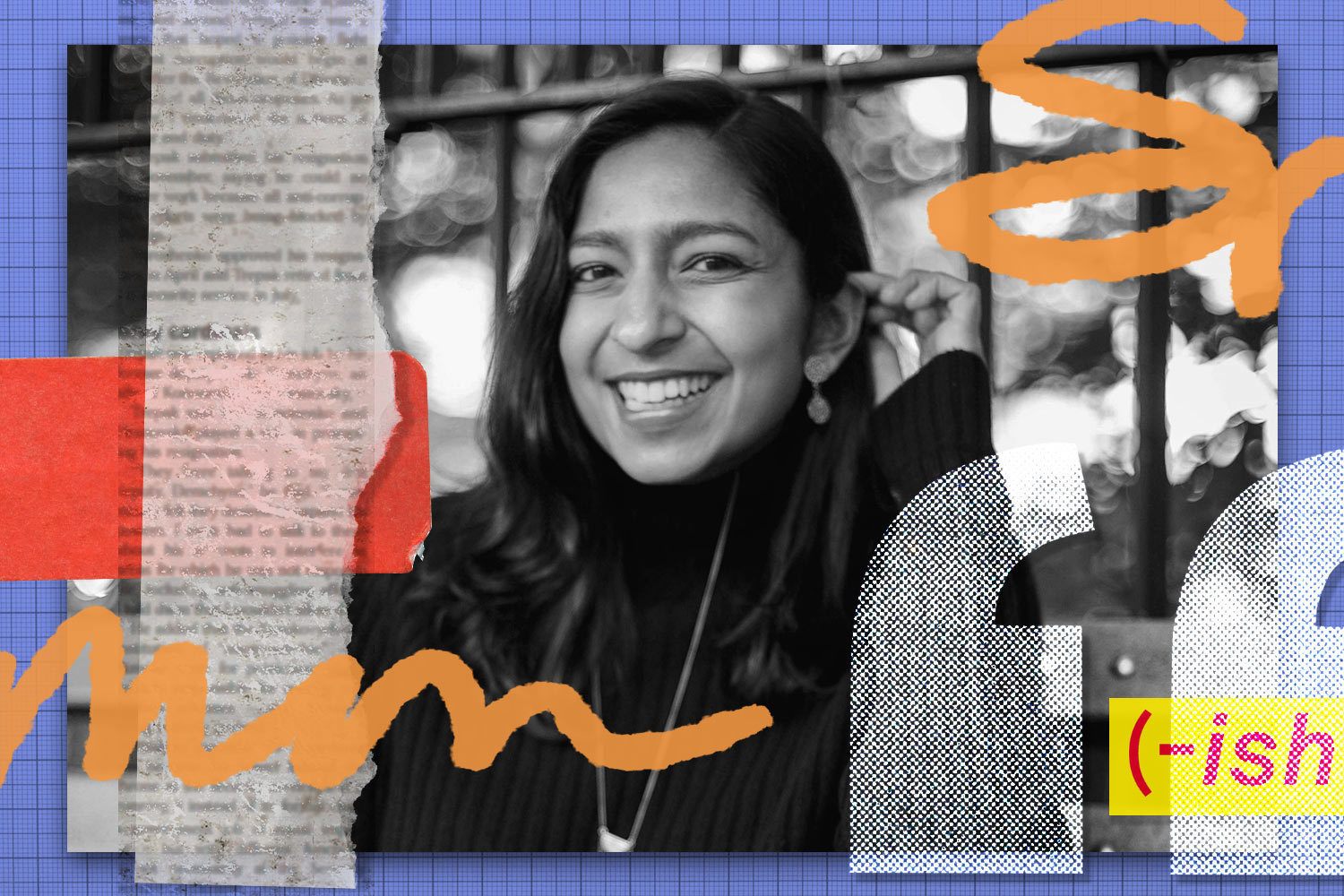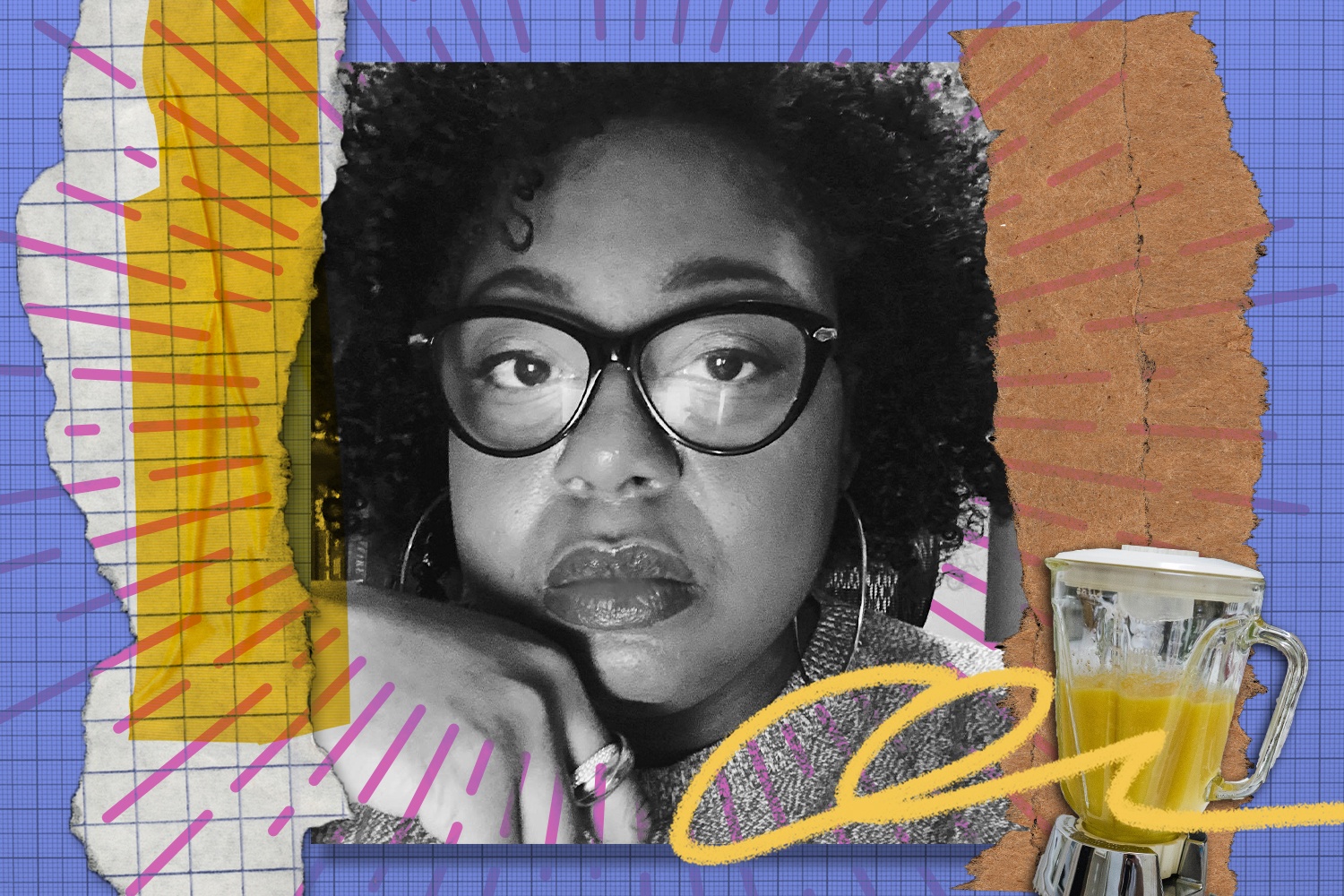
Portrait: Courtesy of Therí A. Pickens | Collage: The Counter/iStock
Could I find joy in the food items and appliances I’d collected due to disability and necessity?
It isn’t like I didn’t know I had multiple blenders. Yet, as I looked at them in a row on the countertop, their origin stories flooded back to me.
The first blender was from graduate school. I needed one with a spout for mixed drinks so I could host gatherings at my place. That plan fizzled because no one showed up and no one invited me to places that were accessible for people with disabilities. As one person said, “I can’t imagine partying with someone who’s got what you’ve got; it’s too much responsibility.”
The second blender was to help puree items because I had gastrointestinal side effects from corticosteroids; it didn’t have the power it boasted on its box. My uncle gifted me the third blender, a Magic Bullet that would make easy smoothies to go. It lasted until it didn’t, way after my obsession with smoothies dissipated. I stiffened at the sight of the immersion blender, remembering the six months I had difficulty swallowing. The last had been a gift, a “Happy Birthday”/“Merry Christmas” Vitamix from my best friend, which had the power and versatility to do anything I wanted with a blender.
Here lay my own little blender graveyard: failed attempts at creating community, painful and expensive purchases because of corticosteroids, memories of sepsis-induced emergency surgeries, and my family and friends’ loving gestures of support. I boo-hoo cried when I put the first two in the donate box and thanked the Magic Bullet as it careened into the trash.
Here lay my own little blender graveyard: failed attempts at creating community, painful and expensive purchases because of corticosteroids, memories of sepsis-induced emergency surgeries, and my family and friends’ loving gestures of support.
After six months in pandemic isolation, a dangerous curiosity arose in me about the Marie Kondo method of tidying. Dangerous because it threatened upheaval that might be unproductive. I distrusted the KonMari method of making decisions based on what sparks joy. Such an emotional criterium seemed irresponsible to me, given that I live with a disability. I keep certain objects based on necessity, joy notwithstanding,
And I was right. When I tidied my kitchen, I had to confront how living with disability includes social and cultural constraints, some unpleasant obligations, and pervasive disempowerment around food and eating choices.
And, I was also wrong. That blender graveyard and rummaging through my cabinets helped me discover the source of my joy.
My friend, M, swore by the KonMari method in April 2020. “I’m telling you,” she said, peering over her glasses in a comfortingly authoritative way. “It works.” I breathed the name into my straw as though it were a question, “Marie Kondo?” And, M answered, with a statement of her own: “Marie Kondo.”
Despite M’s endorsement, it took until September for me to buy The Life-Changing Magic of Tidying Up, another several weeks to read it, and even more time to watch the Netflix special. After all that consideration, I remained unconvinced: Joy just seemed like a meaningless rubric. Many of my possessions were utilitarian: used or needed because they create safety or decrease harm. I had clutter on my counters because I did not always have enough strength to raise my arms to reach top shelves, let alone put away or retrieve items.
Yet, the logic began to work on me. You don’t discard items based on someone else’s idea of your need. You use your intuitive sense of your own need, specifically pleasure-as-need. You must feel a zing when you touch the object. Kondo advocates a small exercise prior to tidying to help hone your sense of joy. She instructs you to think about how you want to live and your ideal. Then, you must ask yourself “Why?” several times over— she suggests five—until you get to what brings you joy.
In my journal, I wrote: I want my days to feel creative in multiple areas. I want spaces for relaxation that bring me peace, not obligation. Why? When spaces bring me obligation and not peace, they also bring stress. Why? Stress is not what I want in my space, especially since I’m spending so much time in it lately. Thanks, Corona. Why? Stress detracts from joy.
You don’t discard items based on someone else’s idea of your need. You use your intuitive sense of your own need, specifically pleasure-as-need.
I expected more attachment to clothing given my love of fashion or books given my profession as a university professor (and someone who writes them). But those were easy to sort through. The kitchen caused the most difficulty. I had not anticipated how my disabled past would collide with my vision of a disabled future. When I put the blenders in a row, I remembered what I had experienced. I was also saddened to think that because ableism still exists, some experiences like the ones in graduate school may recur.
That sobering moment took me by surprise. I had been seduced into believing that tidying the kitchen would be easy. Kondo advises tidying by category and in a specific order: clothes, books, paper, komono (miscellaneous), and sentimental items. She spends two sections outlining what komono is and little time on how to deal with it. Anything further down the list should be easier to discard because your skills at discarding are better as you move along in the process. In the overall process, komono ranks fourth. Kitchen tools and food supplies are ninth within the komono category. That meant kitchen tools and food supplies would only take a few hours, right?
Wrong. It took two days.
In addition to the blenders, other items elicited more tears. Many of them brought back memories of social isolation because restaurants rarely had accessible entrances or bathrooms. Others brought to mind the difficulty of food shopping because pre-cut vegetables are an expensive accommodation and many easy-to-prepare foods are not easy to open. I have an electric jar opener so I can enjoy my pickles in peace. Each of these items signaled that the world is not built for people with disabilities. I had used them to manage my chronic illness and shift my relationship with food from unthinking consumption to thoughtful enjoyment. The discarded items also had one thing in common: None of them fulfilled that purpose.
I went to bed with red-eyes, tear-sniffles, and a knot in the pit of my stomach.
I know full well how disability shows up around culinary experience, but my pride wouldn’t let me stop.
My misery came from anticipating that the next day I would move from kitchen supplies and appliances to food and pantry items. I know full well how disability shows up around culinary experience, but my pride wouldn’t let me stop. Our notion of the epicurean relies heavily on the beliefs of its founder, the ancient Greek philosopher Epicurus: Pursue pleasure including the gustatory delights of food and do so with the essential element of friendship. Food activities are social by nature. The social pressure to hide disability—not inviting a disabled person to a restaurant because it is inaccessible or asking the disabled person to curb their anger when encountering ableism—makes socializing seem to be the sole purview of the able-bodied.
One of the primary features of a so-called independent disabled life is that you eat and/or cook alone. In many institutions, like the children’s hospital I stayed in during high school, residents cannot control with whom they eat or when they eat. Outside of hospitals and institutions, other barriers abound, including the inaccessibility of most homes, kitchens, restaurants, kitchen appliances, and menus.
Remember Queer Eye in season four: Wesley, a wheelchair user, talked with Antoni, the Fab5’s food and wine expert, about how he shops for groceries. He picks items that are within his grasp, leaving out the top shelves at the grocery store. When Bobby, the Fab5 interior designer, revamped Wesley’s kitchen, everything was at his level, making eating and cooking a more enjoyable, and also a more communal experience for him and his daughter. After I cried over the kitchen appliances, I thought I’d face how my own food emphasized my exclusion and loneliness before the pandemic.
Tidying food only appears in less than five minutes on Marie Kondo’s Netflix series. In it, she suggests that this would be a time to get rid of expired items. Focusing on that task provided the clarity necessary for me to understand what sparked joy in my cabinet. I found multiple expired items like flour (how much did I need?), empty vinegar bottles (I collect those for a vinegar club?), and several containers of ramen noodles (for making real ramen!). I also discovered still-good hoisin sauce, crab paste, and gojuchang—all bought in a desire to learn recipes for takeout favorites. Truffle oil from my own little Chopped challenge. Some food was there because it “should be,” like bananas (I gave those away to a gifted baker who provided me banana bread in return).
Much like the appliances and my shockingly intact collection of Tupperware, these pointed out how often I rightfully assumed I would cook and eat alone. In short, they reminded me of how ableism circumscribes my food habits.
But these pantry staples weren’t just about pain. They were an inventory of how I’d become more creative in the kitchen, how I’d learned to make dishes that did bring me pleasure. I actually do have a fantastic stir fry recipe that includes crab paste. I have learned how to use truffle oil: sparingly. And hoisin is excellent duck marinade. The kitchen supplies that sparked joy did so because they were in service of something else. I kept the immersion blender because I like transforming beets into borscht. The beets brought me joy all their own.
Recently, I shared some food with M. The main dish: roasted butternut squash (pureed using the immersion blender) with pomegranate arils and feta drizzled with a lemon-balsamic dressing. This was doubly delicious: I was able to be social with food without the freight from before—and offer a belated thank you for her matter-of-fact insistence on the necessity of joy.
